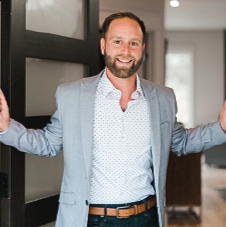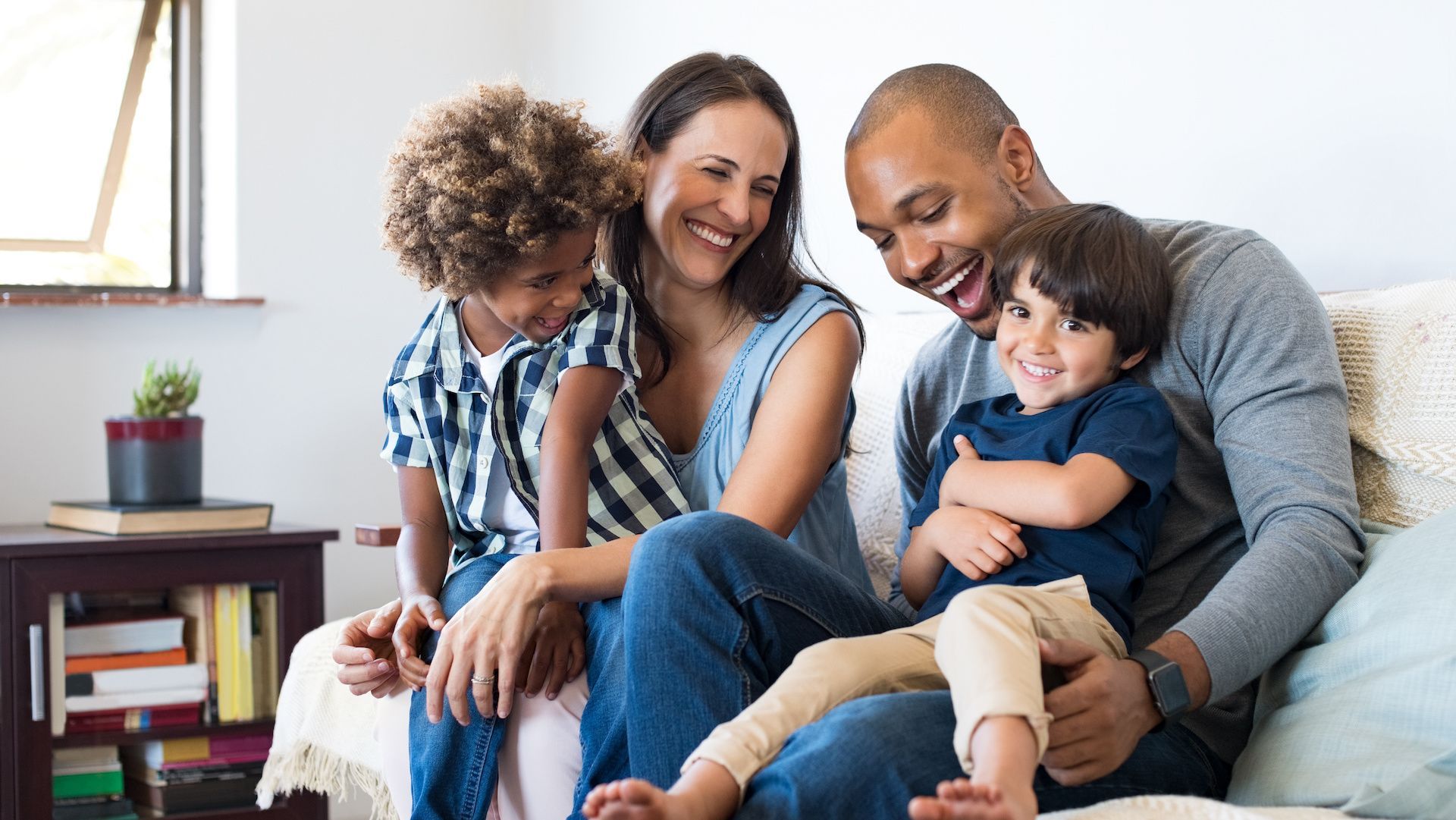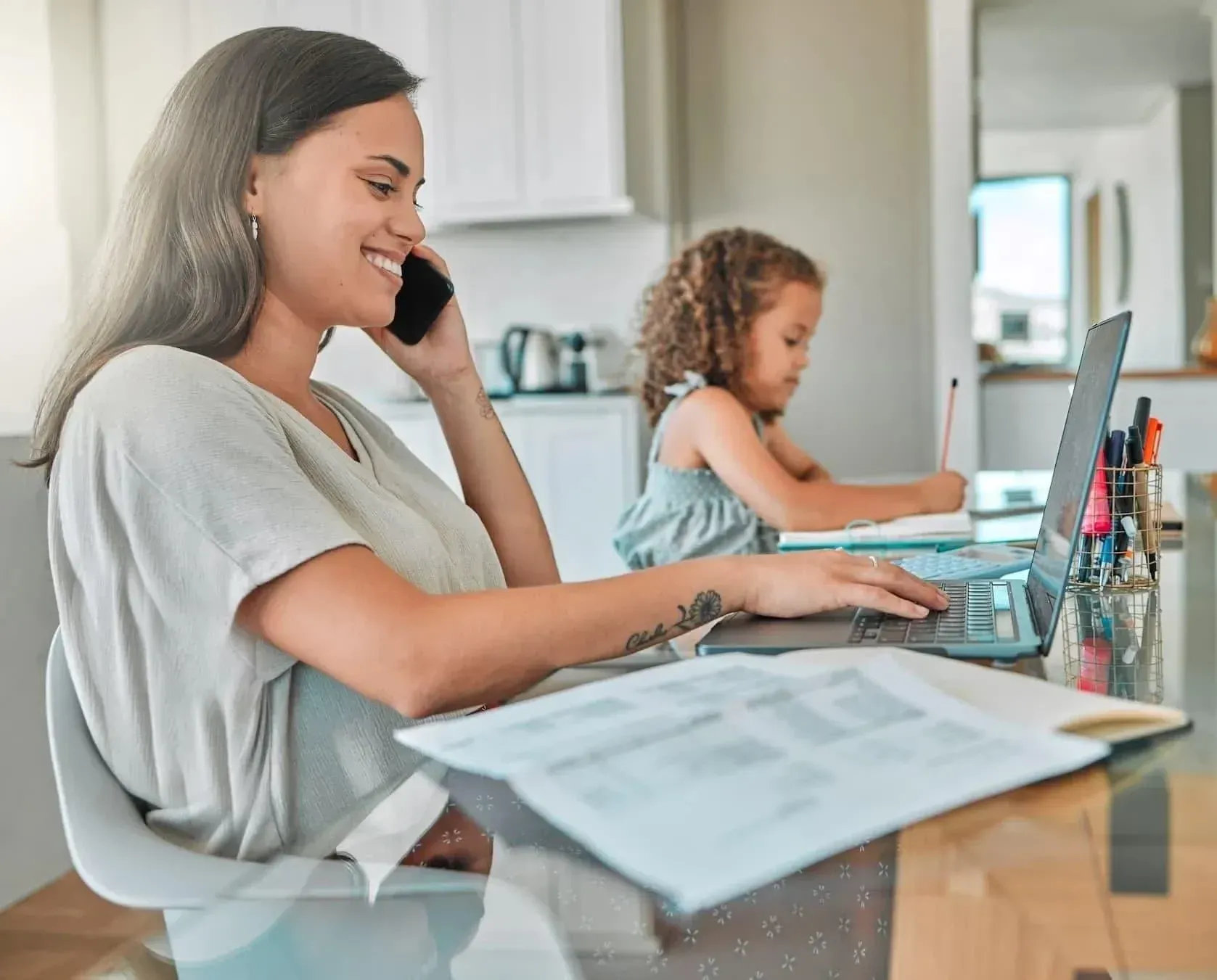'Yes Space': How to Set Limits Without Constantly Saying No

If you ever feel like a walking stoplight—"No, don’t climb that!" "No, we don’t throw toys at the dog!" "No, your little brother isn’t a jungle gym!"—you’re not alone. Keeping our kids safe is crucial, but when we constantly shut them down, frustration builds on both sides.
This is where the idea of a "Yes Zone" comes in—a simple parenting shift that makes life less stressful and a lot more enjoyable. Plus, science backs it up! The Jai Institute of Parenting emphasizes this approach to encourage healthier child development without power struggles.
What Exactly is a 'Yes Zone'?
A "Yes Zone" is a dedicated play area designed for exploration and fun—without you needing to be on edge every second. It’s a safe, child-friendly space where your little one can play freely without you having to intervene constantly. Instead of repeating "no" all day, you create an environment that encourages independent learning, creativity, and movement.
This concept aligns with child-led learning, a principle the Jai Institute of Parenting highlights. By allowing children to safely explore within defined limits, they develop confidence, problem-solving abilities, and self-regulation—without the need for over-monitoring. It’s a win for both kids and parents!
Why a 'Yes Zone' is Beneficial
Traditional discipline often focuses more on controlling behavior than teaching valuable skills. The more children hear "no," the more resistance they show. But when we provide a space where they can safely engage and discover, we help our children develop emotional intelligence, secure attachment, and cooperation—all while reducing household stress.
A "Yes Zone" fosters:
- Fewer conflicts and tantrums with your children
- Increased independence and self-confidence
- A more peaceful home environment
How to Design a 'Yes Zone' in Your Home
- Choose a Safe Space – Select an area that’s easy to childproof, like a playroom, a gated section of the living room, or a cozy corner with cushions.
- Remove Potential Hazards – Keep breakable items, sharp objects, and choking risks out of reach. The goal is a worry-free zone where kids can play freely.
- Introduce Open-Ended Toys – Offer materials that inspire creativity, like building blocks, art supplies, or sensory bins. Avoid toys that only serve one function—kids lose interest fast!
- Redirect Instead of Saying 'No' – Swap "Don’t climb on the couch!" for "You can climb on this soft play structure!" This reinforces boundaries in a positive way.
- Support Independent Play – Start by engaging with your child in the space, then gradually step back. Soon, they’ll play independently, and you might finally enjoy that cup of coffee while it’s still warm!
Rethinking Boundaries in Parenting
Creating a "Yes Zone" isn’t just about setting up a physical space—it’s about changing our mindset. At the Jai Institute of Parenting, we focus on
establishing firm yet respectful boundaries
without making kids feel stifled. Instead of policing every move, we guide them with trust and understanding. When children feel respected, they’re more likely to cooperate, making daily life much smoother.
Final Thoughts
Parenting is all about balance. Kids need boundaries, but they also need room to grow, explore, and express themselves. A "Yes Zone" helps them do just that—building confidence, emotional resilience, and independence without constant battles. If you’re feeling overwhelmed by the endless cycle of "no," this simple shift can transform your household dynamic entirely!
Meet Your Author, Sean Savitt
Sean Savitt is a proud father, parenting coach, and former high-risk teen camp director dedicated to helping families turn tough parenting moments into opportunities to build deeper connections with their kids.
As the founder of
Nest and Mane Family Center and a certified Jai Institute of Parenting instructor, he provides science-backed insights with a soft but direct approach. He helps parents find solutions that align with their values, believing that empowering parents creates healthier families and stronger communities. His motto is: “Parenting with clear intentions changes everything.”
READ MORE:
Curious for more?














